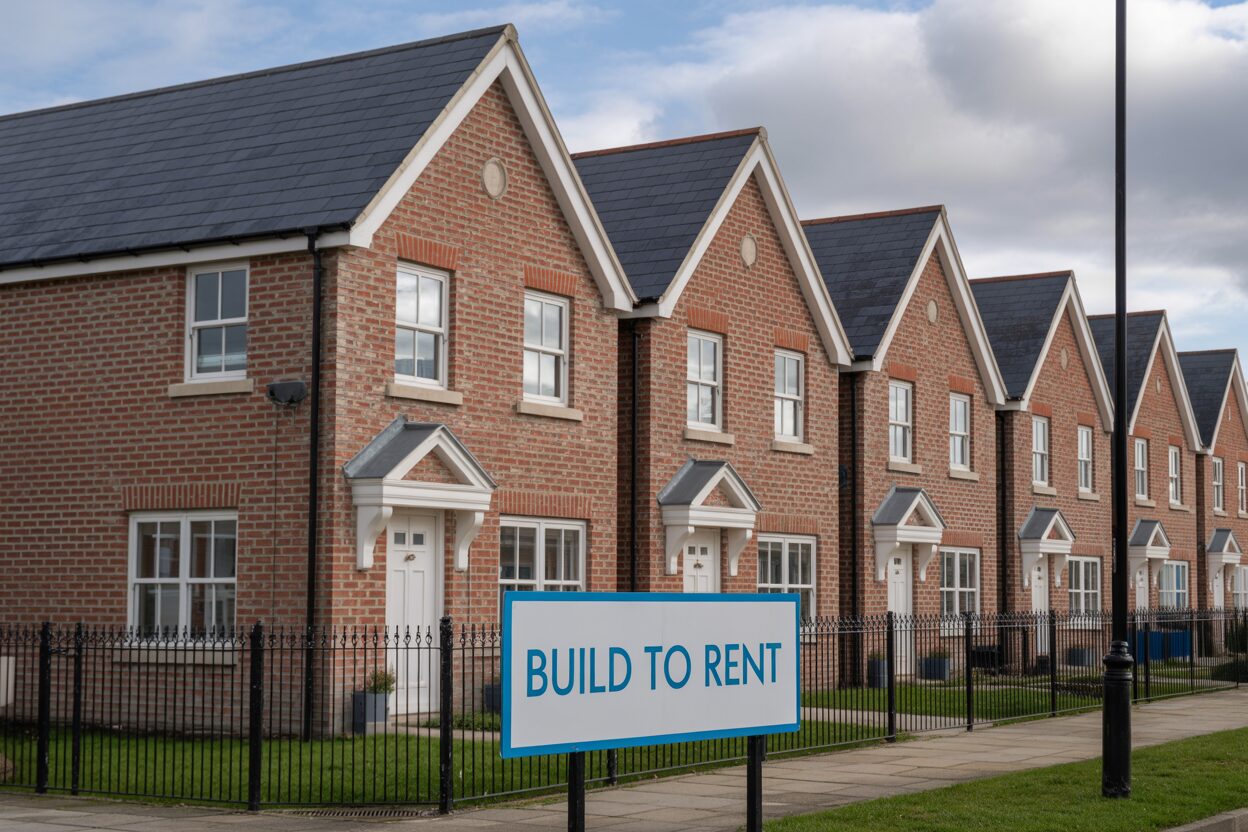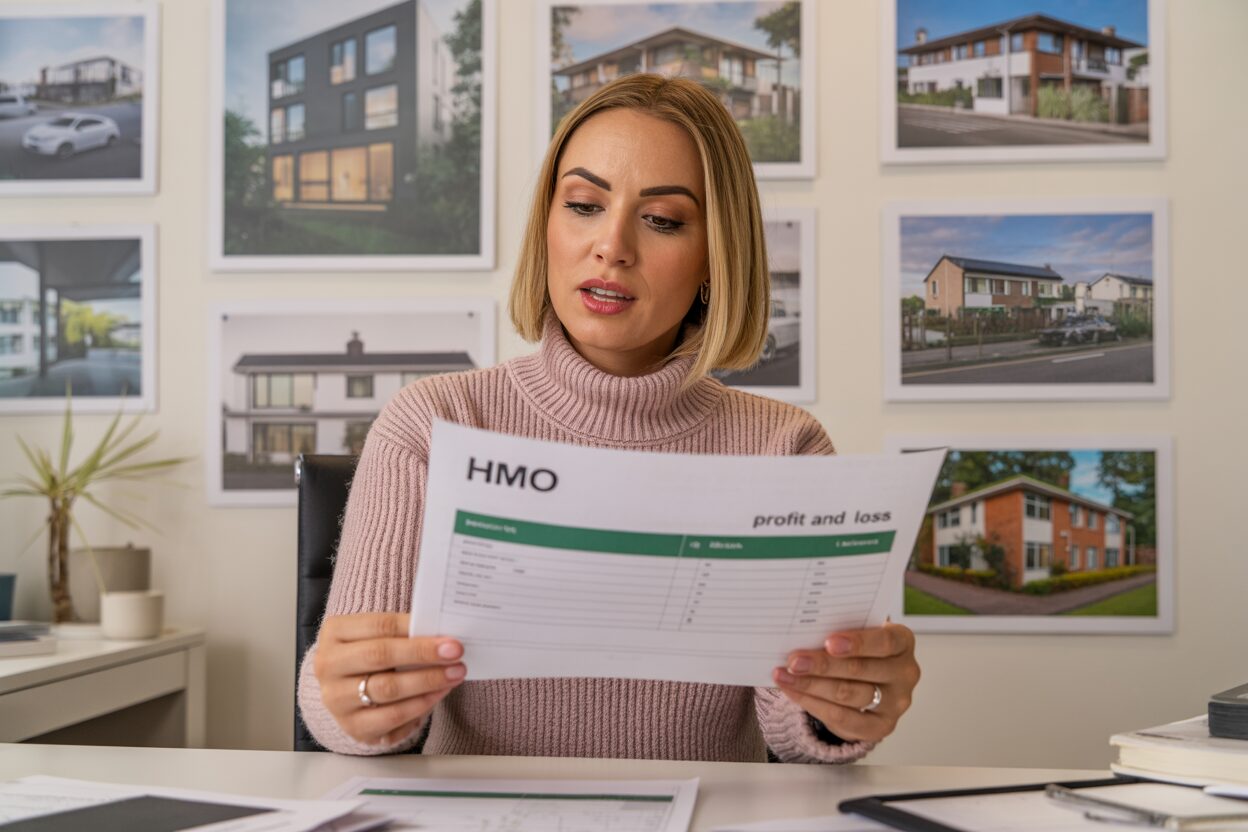
Build to Rent (BTR) homes are purpose-built to let out to tenants. BTR schemes are held in single ownership and run over the long term by a management firm. They include a proportion of Affordable Private Rent homes, typically at least 20% below local market rent (including service charges). Developers agree exactly how many affordable housing units are in a development in advance with the local authority.
In this article, find out how demand is leading rapid growth in this sector of the private rentals market. Then, discover how you can propose your own scheme to local authorities.
Why the need for the build to rent model?
People want affordable, private rent homes now. The problem is that the UK private rented sector has failed local communities as too many buy-to-lets are beyond the reach of individuals and families.
Working with build to rent property developers brings these benefits for councils, investors and tenants alike:
- Scalability: Councils can greenlight new rental homes, including Affordable Private Rent (APR), at pace in places like East London and larger towns. BTR gives local authorities and the private sector a quick way of expanding the rental market in high demand areas.
- Affordability: Tenants pay discounted rents but live in the same quality units as other tenants. This prevents segregation based on wealth and promotes a better and more diverse community.
- One landlord: Renters benefit from having one landlord instead of multiple private landlords. The result is clear rent-review rules and consistent services and amenities for tenants.
- Oversight: The management company must belong to an approved redress scheme. Currently, a national landlord ombudsman has been proposed. If passed, this would give tenants a straightforward way of complaining and getting issues resolved.
- Amenities: Improving people’s quality of life is a key target in build to rent property schemes. So, many feature communal spaces for socialising and communal workspaces for work and study. Other communal facilities at BTR estates include gyms, cinema rooms, games rooms, laundry services and event spaces.
- Quality rental property: Each community is newly built, energy efficient and built to modern standards.
- Economies of scale: Build to rent developer teams run everything for the community on-site. They manage access, parcels, cleaning and maintenance, often more efficiently and at scale. Residents see all the benefits in daily living, from quicker fixes to quieter buildings.
- Data-driven: BTR developers and councils can benchmark rental growth, occupancy and renewal rates across a variety of sites in their remit. This helps developers and landlords make better decisions on where to site new schemes to match local demand.
How fast is the build to rent market growing?
Build to rent developments have grown in numbers quickly in the last few years. According to the British Property Federation, there are 127,156 completed BTR homes. Another 49,853 under construction and 109,927 in planning. The pipeline has grown this year to 286,936 homes, up 16%.
The main activity is still in London and the South East but, across the regions, there are more BTR developments. Around one in eight BTR properties are houses, not apartments, better for families.
There is interest from the capital markets in providing affordable housing via BTR. Total spending on this sector of the property development market reached £2.2bn in the first half of 2025, according to Knight Frank.
Built to rent home schemes: from proposal to execution and beyond
Most councils want to expand the volume of well managed rental housing in their boroughs. Not only does it breathe new life back into an area but it also increases the authority’s tax base.
So, what is the process behind proposing, approving and building them?
For this timeline, let’s say that you spot a well-located brownfield site near a tram stop or underground line. It could be a surplus car park in a larger town. It’s not well-used but its location makes it the ideal space for purpose built homes that benefit the community.
Engaging with the council
You draw up plans and approach the council for a pre-app meeting. There, the council gives you their preliminary view on your idea. You won’t need any drawings at this point. Submit a short note describing the site, the build to rent model you plan to use and your timeline for completion.
You’ll need to show why you think the town needs the scheme. Provide evidence of rental demand in the area, like local rent levels. Show how your goal is longer term tenancies, not short term leases. Point to other demand signals like employment centres, transport links and schools. Give the council a real sense of why people would make an informed decision to live there. If there are similar other large developments close by that have been a success, include them in your presentation.
Expect to be asked for:
- The basics of your plan: This includes an early indication on the mix of properties. Set out the number of flats and studios, one-beds, two-beds, three-beds and houses you intend to build. Add details on access, car and cycle parking, and communal areas. Show how the layout supports a better rental experience by fostering community and convenience.
- Your affordability plan: Propose how many Affordable Private Rent (APR) homes you think are viable. Explain how you can afford to set the rent at least 20% below local market rent with service charges included. Bear in mind that local policy may dictate a different proportion of APR properties.
- One landlord: Confirm that a single landlord will manage the scheme. If you have a provider in mind or you want to do it yourself, let the council then. Reassure them that the letting/management will belong to an approved redress scheme. There is currently no landlord ombudsman but there are proposals for one.
At the end of the meeting, ask for a written note setting out any problems they foresee and any changes they want to make. Also, find out what documents you’ll need to make a full submission.
Expect your full submission to include a:
- Planning Statement
- Design and Access Statement
- Viability Assessment
- Transport and Servicing report
- Landscape and Play Space plan
- Management Plan summary
Moving the project forward
Once the council is happy, the next stage is locking in the affordability and management rules. This is through a Section 106 agreement that fixes your promises.
In it, you propose:
- The proportion of APR homes
- How you will measure market rent (for example, a RICS valuer or published indices)
- The formula you use to calculate rents (at least 20% below local market rates including service charges)
- That the APR is kept in perpetuity
- Who qualifies for these homes
- How often you will re-benchmark rents
A key part of a build to rent scheme is equal access to entrances, lifts and communal facilities. In London (and many LPAs) this is a policy requirement. In other parts of the country, follow the local plan. Avoiding “poor doors” is best practice and councils will expect it.
When all parties have finalised the agreement (including your lender), it binds the land. This means that any future owner must abide by these obligations.
Include a Management Plan that explains how the landlord will run the estate and the homes.
Share whether staff are on-site or mobile, how they handle emergencies and their hours of coverage. Set clear service levels for repairs, complaints, cleaning and safety checks. If you appoint an agent, they must belong to an approved redress scheme. If you self-manage as the landlord, membership isn’t yet mandatory (a landlord ombudsman is proposed).
Describe how the management company will handle parking, pets, noise management, and parcel delivery. Perhaps, mock up the handbook you’ll give to residents that cover house rules, the rent-review process and ombudsman details. Last but not least, explain aspects of the communal facilities like the rules of use and a booking system.
Opening of the development and beyond
When the development is complete, that’s when the handover of day-to-day control of the scheme to the operator takes place.
You need to come to a decision on this issue three to six months before opening. When choosing an operator, compare their fees, staff plan, track record (if any) and the technology they use (CRM, repair apps, payment systems and so on).
In the run-up to opening, they should start firming up supplier contracts, recruiting staff, setting up a help desk and creating client money accounts and deposit protection.
Before launch, prove your readiness by completing on-site snagging. You’ll also need to compile the health and safety file. Store all certificates for gas, electrics, fire, lifts and water.
Attracting renters
It’s likely that not all of the development will be ready at the same time. Market your finished units to attract pre-lets. Generate income by opening the estate in phases as properties become available. Stagger initial move-ins to allow staff time to provide the level of support residents need.
When tenants start to move in, keep communal areas open and clean. Require the management companies to streamline operations by applying one repair system, one compliance process and one set of house rules.
Track performance on occupancy, renewals, arrears, repair times, complaints and energy use. Be transparent with residents by sharing monthly updates and, where required, the council.
Remember that, whether you self-manage or use a third-party, you as the landlord are legally responsible for service standards, safety and the commitments in the Section 106 agreement.
Build to rent developments: share your idea with HMO Architects
Build to rent is changing the UK housing market. While it’s not helping people get onto the property ladder, it is providing them with access to quality homes at an affordable price. Companies like Simple Life Homes, Touchstone and Urban Bubble are currently the leading players in the UK and we expect many other developers, including smaller ones, to follow.
Some of HMO Architects’ larger profile build include:
- Parish Mews, Cardiff (24 units): We designed and delivered a new-build block of 24 modern flats in a residential neighbourhood with external parking spaces, private gardens and landscaped green areas. This was a fantastically successful private (no council involvement) BTR scheme.
- Nottingham Road, Nottingham (24 units):We re-planned a vacant commercial building into 24 high-performing rental homes. This proved a very popular development with local professionals who make up the majority of tenants. The value of the building went up from £120,000 to £6m.
- Borough Road, Liverpool (18 units): We converted redundant offices into 18 city-centre flats designed for professional renters. Our client was keen to retain the building’s historical elements which we blended tastefully with more modern features. The value of property went from £60,000 to £1.05m and attracts £9,000 per month rent.
It’s possible for all developers to break into this established sector. Work with the experienced investor-architects at HMO Architects. Our services include:
- Property investment strategies from Ryan Windsor: Get advice on the BTR sector from our experienced Director of Investments, including whether to sell or hold the development.
- Planning permission experts: Planning permission gain for our clients across 200 councils.
- Interior design and exterior planning: Investment-led architects who balance design with tenant appeal and yield maximisation.
View our range of development finance case studies to see how we’ve helped clients turn their ideas into sound investments. Read customer stories on HMO, flat, holiday let and housing projects. Ask us about our portfolio building service and joint venture opportunities.
Call our experienced team on 01223 776 997 or email us.
Ryan Windsor, Development Director and co-founder of HMO Architect, brings over 15 years of specialised experience in HMO development to the table. Having consulted on nearly 2,200 projects, Ryan is a highly seasoned HMO landlord with a vast and influential property network. He began his real estate journey at just 17, rapidly amassing a wealth of experience that sets him apart in the industry. Beyond his professional successes, Ryan is passionately dedicated to giving back, leading numerous charitable initiatives that make a meaningful impact on local communities.




